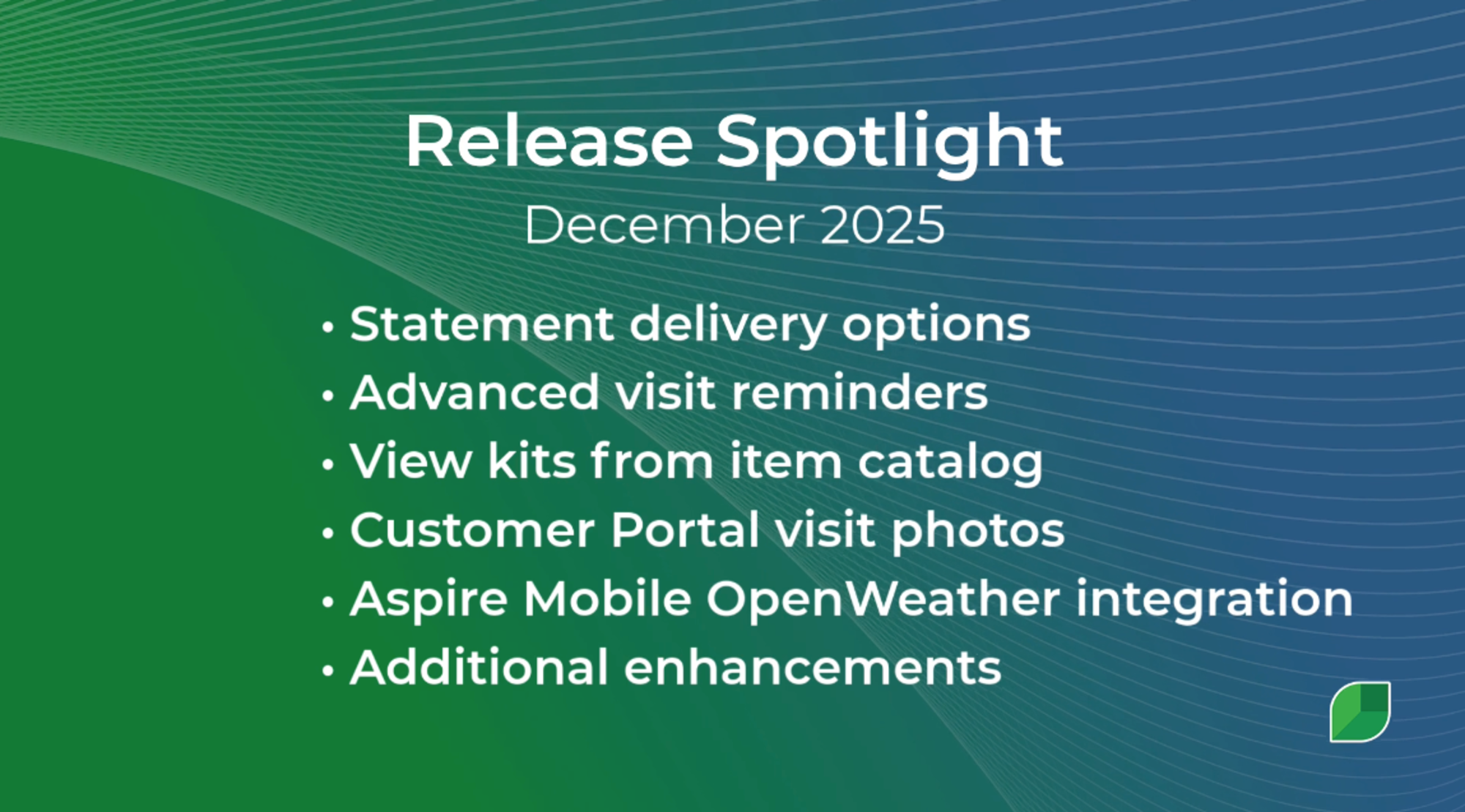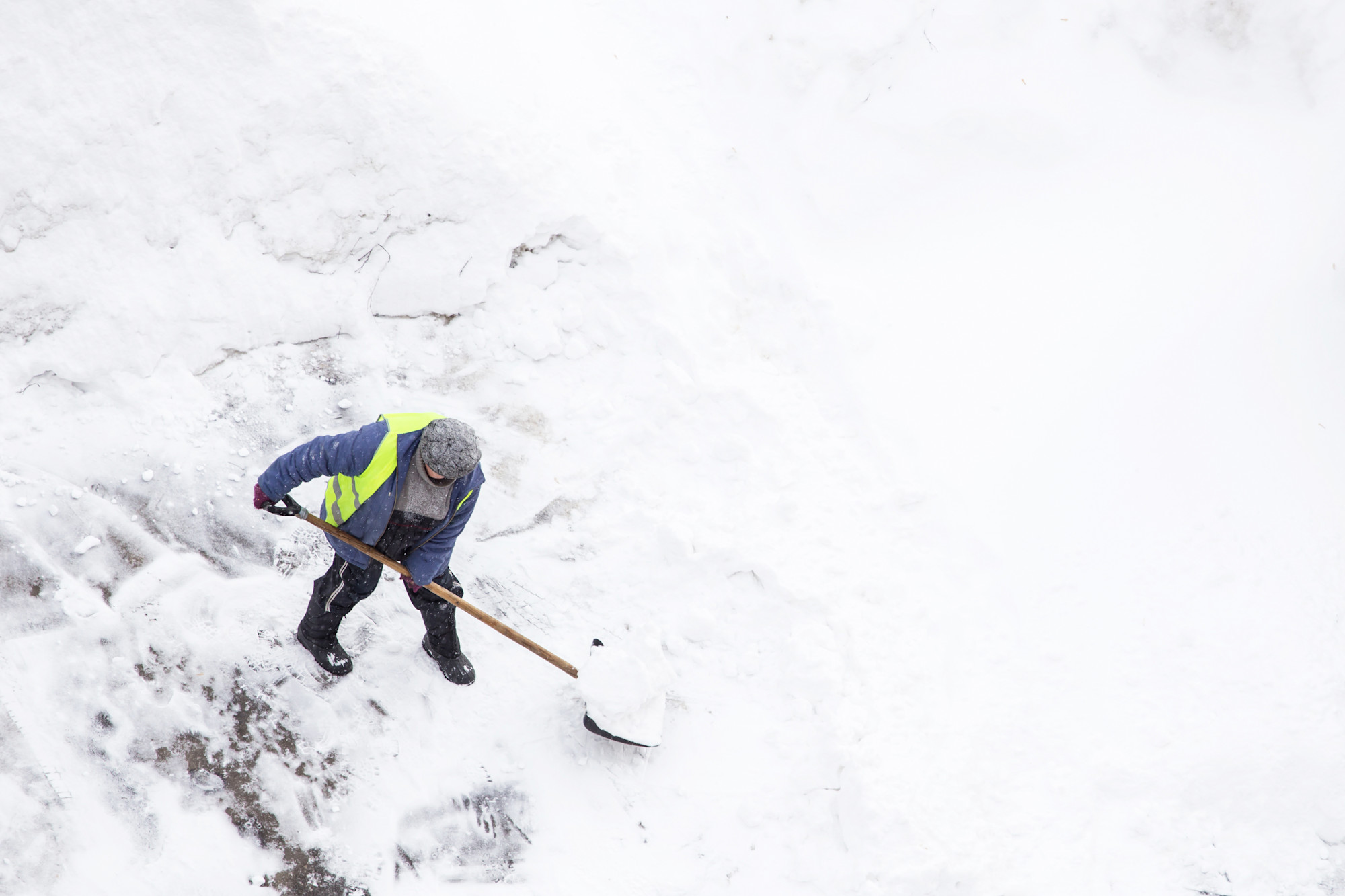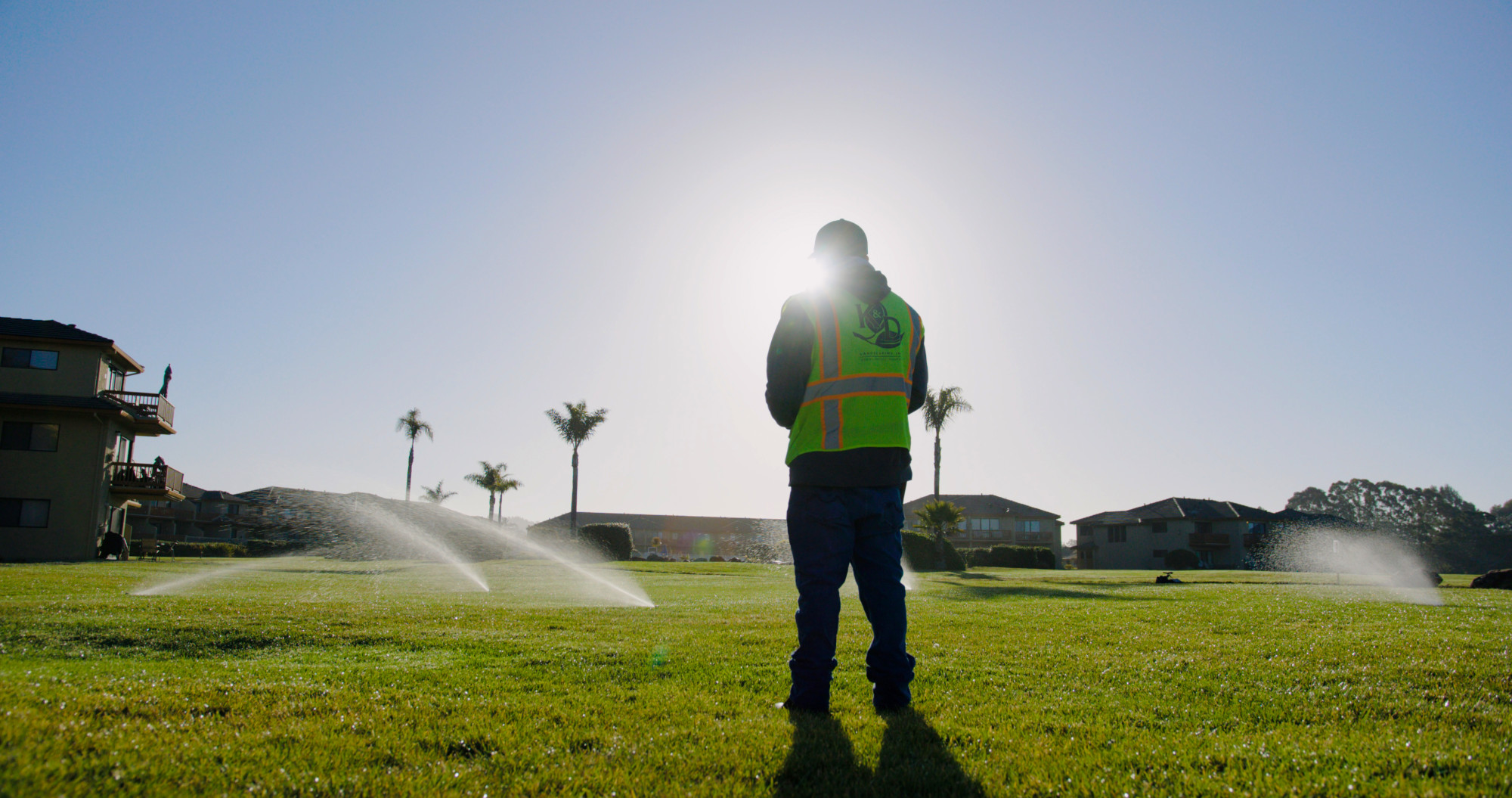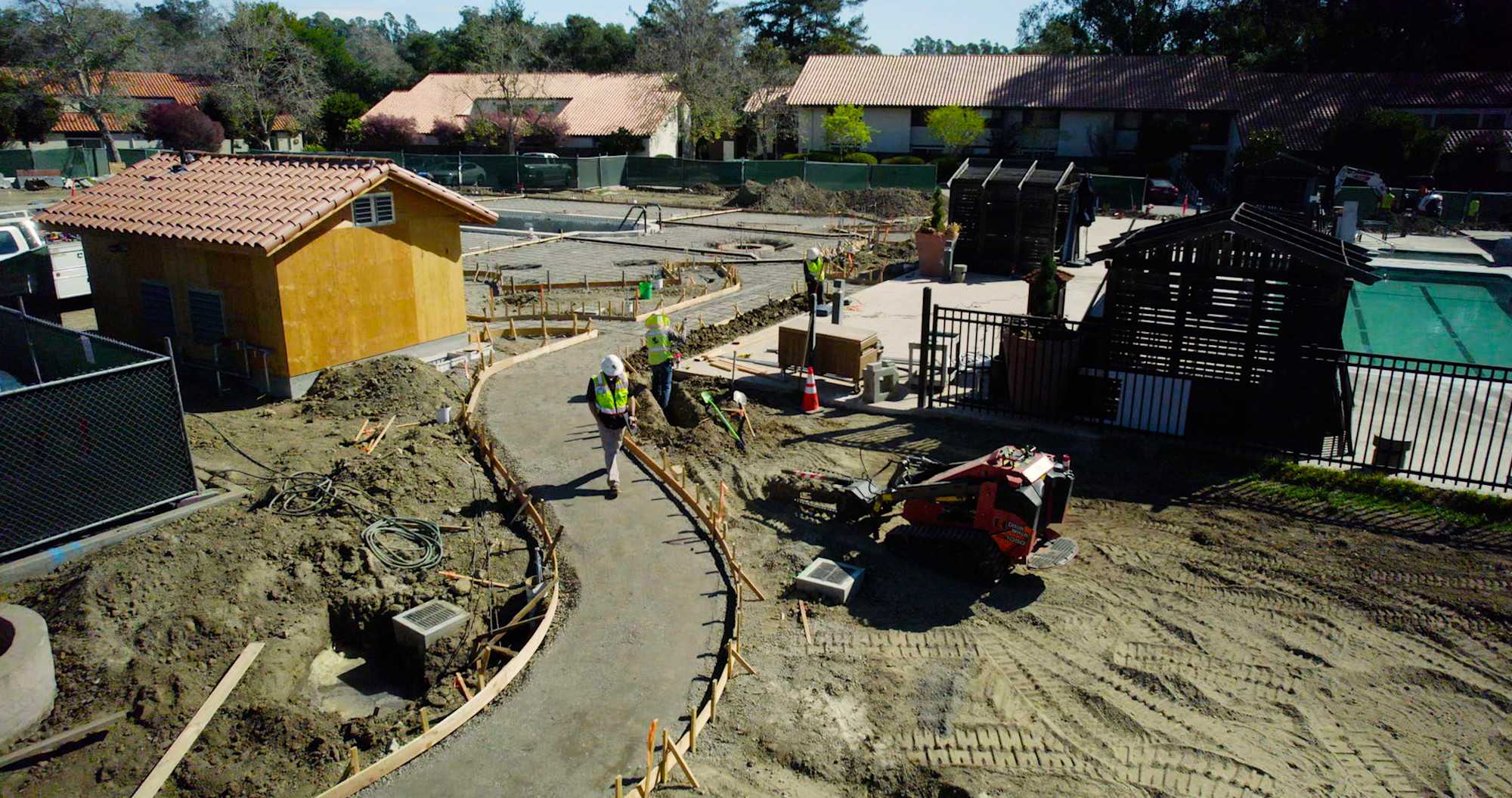Table of Contents
Table of Contents
- The Most Damaging Mistakes Often Go Unnoticed
- Estimating is a Profit Planning Tool—Not Just a Bid
- 5 Hidden Ways Estimating Errors Destroy Margins
- Scaling Without Estimating Discipline? Good Luck.
- How to Spot If You Have an Estimating Problem
- What the Best Landscaping Companies Do Differently
- Conclusion: Get the Estimate Right, Get the Job, Get the Profit
You didn’t lose profit on the job site—you lost it in the estimate.
For many landscaping and lawn care businesses, profitability problems don’t begin with poor execution—they start much earlier, in the estimating phase. A job might appear successful on paper: the work gets done, the client is happy, and the invoice is sent.
But when margins come up short, it’s often because the estimate was flawed from the start.
The Most Damaging Mistakes Often Go Unnoticed
Minor errors—missed line items, underestimated labor, site-specific challenges—might not seem critical in isolation. But across dozens of jobs, they quietly erode profit, create workflow friction, and lead to invoicing issues.
As your business grows, so do the risks:
✖ Rushed bids
✖ Inconsistent formats
✖ Siloed estimating practices
Unprofessional bids can damage your reputation and result in lost opportunities, particularly as you undertake more complex projects.
This article will help you pinpoint the early signs of estimating breakdowns and understand how to fix them.
Whether you’re bidding on large commercial projects for commercial clients or expanding residential services, accurate, scalable estimating isn’t just a nice-to-have—it’s the foundation for sustainable profit, especially when clients are making a significant investment in their landscaping projects.
Estimating is a Profit Planning Tool—Not Just a Bid
Too often, landscaping businesses see estimating as simply “pricing the job.” But in reality, it’s your first and best opportunity to plan for profit. An accurate estimate isn’t just a number on a proposal—it’s a blueprint for how the job will run, from crew scheduling to final invoicing.
→ Every key decision downstream—procurement, staffing, production timelines, and billing—relies on the assumptions made during estimating.
If those assumptions are even slightly off, the ripple effects can be significant, including missed deadlines, margin erosion, and cash flow gaps.
Not All Estimates are the Same
There’s a clear difference between production-based estimating and flat-rate guessing. Production-based estimating accounts for:
✓ Labor hours
✓ Material quantities
✓ Equipment use
✓ Site-specific conditions
Accurately estimating labor costs is essential in this approach. It utilizes historical performance data and standardized inputs to generate consistent and realistic bids.
In contrast, flat-rate or gut-feel estimates rely on intuition or templates that may not reflect current costs or field realities.
As a result, they introduce risk and make it harder to scale. Inaccurate construction estimates can lead to budget overruns, delays, and dissatisfied clients, underscoring the importance of precise estimating methods.
The most profitable and scalable landscaping companies don’t rely on guesswork.
They use structured estimating systems, backed by real data and standardized processes, to ensure every job starts on solid ground—with profitability built in from the start.
Software is essential for standardizing these systems and improving the accuracy and efficiency of your estimates.
5 Hidden Ways Estimating Errors Destroy Margins
Most estimating mistakes don’t come from obvious blunders—they come from small, routine oversights that quietly drain your margin across dozens of jobs.
Below are five common construction estimating mistakes that often go unnoticed until it’s too late:
1. Underestimating labor hours or crew production rates Labor is your most significant cost, yet it’s frequently underestimated.
Relying on outdated assumptions or generic production rates can create massive gaps.
→ For example, at $50/hour in labor, underestimating by just 10 hours per job on 20 projects a year is a $10,000 margin loss—before you even consider materials or overhead.
2. Forgetting site-specific challenges Sloped terrain, tight access, and existing irrigation systems—each site presents unique challenges that slow down production.
Failing to assess site conditions, such as soil type or existing structures, can lead to inaccurate estimates. When estimates fail to account for these variables, crews fall behind schedule, often resulting in overtime or rescheduling.
This adds cost without adding revenue.
3. Using outdated or inconsistent material costs Material prices fluctuate constantly. If your estimating templates aren’t updated regularly—or if different estimators use different price sources—you risk undercharging or absorbing unexpected costs.
Overlooking overhead costs and business expenses tied to material procurement can further erode your margins.
4. Copy-pasting from old jobs without adjusting scope Reusing estimates to save time can backfire.
The original numbers won't apply even slightly if the new job differs in scope, complexity, or conditions. That shortcut can lead to change orders, margin loss, and strained client relationships.
Administrative expenses unique to each project may also be overlooked when copying old estimates.
5. Lack of input from field crews or job costing data Estimators often work in isolation, without feedback loops from the field. When actual job costs and performance from past projects aren’t fed back into the estimating process, flawed assumptions persist. The result?
→ Repeating the same mistakes, job after job.
Other overlooked operating costs—such as repair and equipment maintenance—can also impact your bottom line if they are not properly included in your estimates.
Fixing these issues doesn’t just prevent loss—it builds a foundation for smarter, more profitable growth by managing expenses and ensuring all costs are accurately captured.
Scaling Without Estimating Discipline? Good Luck.
As your landscaping business grows, so does the complexity of your estimating process.
You’re bidding on more properties, managing more estimators, and quoting across multiple service areas.
Without standardization, that growth quickly turns into chaos.
Consistency goes out the window when each estimator uses their own:
Format
Assumptions
Pricing logic
Estimates vary from job to job—not because the work is different, but because the process isn’t aligned. Establishing a clear business structure provides the foundation for standardizing estimating practices across your team.
This leads to confusion in the field, disputes in billing, and unpredictable margins.
Worse still, many businesses rely heavily on one “expert estimator” with all the knowledge. If that person leaves or becomes unavailable, your pricing strategy goes with them.
That’s a serious liability for the company when you’re trying to scale.
Standardizing your estimating process is the only reliable path to sustainable growth. Standardization requires:
Using shared templates
Consistent production rates
Clearly defined scope formats
When everyone follows the same playbook, estimates become easier to review, more accurate to execute, and simpler to convert into invoices.
Discipline in estimating isn’t about slowing down—it’s about creating a repeatable system that allows your business to scale confidently, without surprises in your profit margins or operational headaches.
How to Spot If You Have an Estimating Problem
Not every estimating issue is obvious.
Many businesses continue to operate with flawed processes simply because the problems appear elsewhere—on the job site, in client emails, or in the finance team’s forecasts.
Use this quick diagnostic to assess whether your estimating approach needs attention:
Jobs frequently go over budget or miss scheduled targets
There are regular disputes with clients over scope or billing
Estimates vary widely between estimators for similar types of work
Forecasting gross margin or production capacity is complicated and unreliable
Field crews regularly flag that estimates were unclear or underestimated
These aren’t just project hiccups but symptoms of a broken estimating system. And they cost more than time: they erode profit, damage client trust and customer satisfaction, and strain internal teams.
If two or more of these sound familiar, your business is likely leaking profit before a shovel hits the ground. Estimating problems can also make it harder to attract potential clients and retain existing customers, as trust and reliability are key factors for new and returning customer relationships.
It’s not about working harder—it’s about fixing the process that underpins every job you deliver.
What the Best Landscaping Companies Do Differently
Top-performing landscaping businesses treat estimating as a source of business intelligence, not just a pre-sales task. They use it to drive the organization's:
✓ Profitability
✓ Performance
✓ Planning
What sets them apart?
They rely on historical job costing data to ground their estimates in reality, not guesswork. Past performance becomes a benchmark for future pricing.
They maintain a centralized, current database of production rates, material costs, and scope templates. This reduces variance and speeds up estimating across teams.
They involve operations teams in refining estimating assumptions, ensuring that field realities align with pricing models.
They regularly audit estimates, tracking win/loss rates and margin variance to improve accuracy and strategy continuously.
These companies understand that accurate estimating isn’t just about winning the job—it’s about delivering it profitably.
Proven Systems Provide Safeguards Against Profit Loss
Companies that build a resilient, scalable system have the fuel for continual growth while protecting their margins through real data integration, cross-functional input, and effective risk management practices.
Alongside comprehensive, detailed estimating processes, top-performing companies develop a marketing plan and invest in marketing to reach their market, attract new and potential customers first, and grow their lawn care company or landscaping business. By maintaining strong organizational practices, these companies position themselves for long-term success.
In short, they treat estimating as a strategic tool, not an administrative task, and their results reflect this.
Conclusion: Get the Estimate Right, Get the Job, Get the Profit
Estimating isn’t just step one—it’s the most critical lever for protecting and growing your margins. Every part of your workflow depends on getting the estimate right, from labor assumptions to invoicing accuracy.
If your team still relies on gut feel, outdated templates, or disconnected tools, now is the time to look closer. Small inefficiencies in estimating quietly drain profit, and they only multiply as you scale.
Want to see how leading landscaping businesses are tightening their estimating process and boosting profitability?
Schedule a custom demo with Aspire to see how comprehensive end-to-end software can transform your estimating process and give your company fuel for growth.







